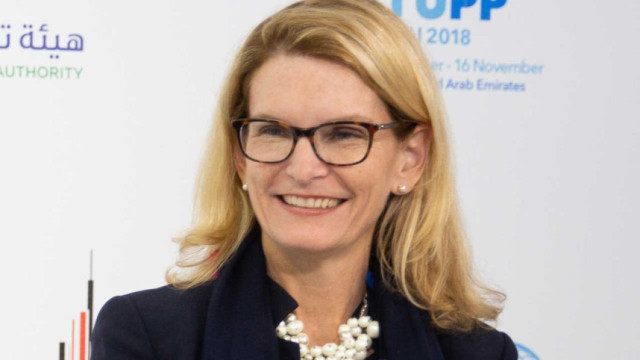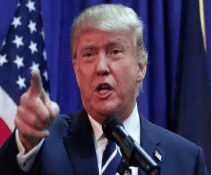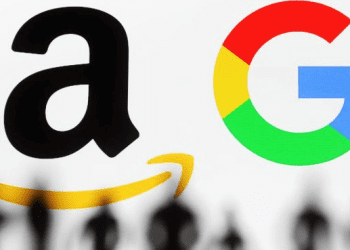The deployment of infrastructure necessary for a more advanced digital future is progressing through various global connectivity projects and initiatives.
The Partner2Connect Digital Coalition (P2C), spearheaded by the International Telecommunication Union (ITU), aims to promote a fairer and more inclusive world through digital technologies and has set an ambitious target of mobilizing $100 billion in commitments via the platform by 2026.
As reported by ITU, under the leadership of Secretary-General Doreen Bogdan-Martin, this $100 billion goal is now more than halfway achieved, having surpassed the $50 billion mark in commitments by May 2024 and reaching $54.27 billion by the end of 2024.
ITU noted that over 450 organizations, including governments, private sector players, international bodies, academic institutions, and civil society groups, have made more than 950 commitments through the P2C online platform.
Notably, infrastructure development has accounted for nearly half of the commitments made to date, encompassing mobile, satellite, and broadband technologies, alongside artificial intelligence (AI). P2C pledges reflect specific promises that cover a broad spectrum of projects, policies, and programs designed to enhance digital access and usage for everyone.
Typically, P2C pledges aim to generate societal value by establishing digital ecosystems conducive to innovation and entrepreneurship while identifying pioneering investment models to finance meaningful global connectivity. In 2024, pledges exceeding $17 billion were made, of which 97% are focused on improving access and affordability of connectivity for people.
Other commitments address aspects such as digital skills, inclusive policies and regulations, and fostering digital innovation and entrepreneurship. All pledges are available for public viewing through the P2C pledging portal.
P2C acts as an open and neutral platform to mobilize resources and partnerships and improve collaboration to close the digital divide. It also fosters cooperation among public and private sectors through meetings at various levels—country, regional, and global.
Crucially, the P2C online platform allows pledgers to regularly report on the progress of their pledge implementations. Aggregated data and vital indicators regarding progress are accessible to the public via this platform.
According to ITU, numerous pledges have already led to tangible advancements, both in connecting those without access and in equipping individuals with the necessary tools and skills to excel in the digital era.
For instance, in Africa, ITU has observed that new broadband networks are facilitating connections for rural schools, while enhanced connectivity at healthcare centers is improving access to educational and medical services for remote and underserved communities. In Asia, digital literacy programs are empowering women and youth to establish online businesses. In Latin America, investments in digital infrastructure are streamlining e-government services, making it more convenient for citizens to utilize public services online.
ITU emphasizes that these examples illustrate the transformative potential of digital connectivity. It further states that governments across the globe have allocated substantial public resources to support digital infrastructure initiatives.
“Private sector firms, including leading technology companies and telecom operators, have committed to making significant investments, exploring innovative solutions, and forming strategic partnerships to connect the last third of humanity and promote sustainable digital transformation for all.”
“Civil society organizations have also pledged to provide on-the-ground support to ensure that connectivity projects are inclusive and reach even the most marginalized communities,” it added. According to ITU, the journey towards universal and meaningful connectivity is far from complete, emphasizing that connecting everyone, everywhere will require ongoing investment, innovation, collaboration, and consistent implementation.




















